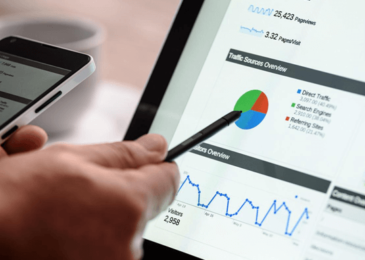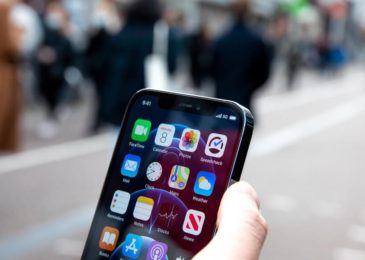If people knew just how much competitive the Web usually is, then they would be taking much into consideration when designing their web pages. Most people think that getting people the biggest challenge is often to get traffic to their website after hosting it.
Well, this is just part of the work. When designing your web page, not only should it be able to attract people, but it should also keep them engaged when they decide to visit. Also, your page should be able to make them want to come back over and over again.
This is why web promotion and management is always an ongoing process. Well, if you are looking to become a great web designer, there’s really no secret to it, but there are a few things you can do to help you out.
With that being said, below are a few things you should consider focusing on to produce a great web design. For more on this you can visit www.citytechhq.com.
The speed
When designing a web page, you should ensure that it is going to load as quickly as possible. Regardless of the Internet speed your readers might be using, they will always have more, content, images and data to download. But, if your web page is slowing them down because of the time it takes to load, a lot of people will not be happy and might instead leave your site because of it.
It is also important that you consider those who are using cell phones to access your site. This is because some of them might not be enjoying great internet speeds like the others do. People tend to notice more problems with your site mostly when it loads slowly.
However, with fast loading pages, you can manage to keep the visitors on your site for long. Click here to see tips you can use to speed up your site.
Avoid long pages
If you know the difference between writing for print and for the web, then you definitely know what I’m talking about.
A lot of people usually just skim when online. This is especially when they first open a page. For this reason, it would be a good idea if you can help them find what they were looking for a bit faster then, elaborate for those who would want to go a bit deeper.
It is important to know the difference between providing little detail and much content.
Navigation
Another thing you should be keen on is how your visitors can go through your pages. If you make it difficult for them to navigate through the pages, it’s going to be difficult to keep them on your site. That’s why you need to ensure that you have navigation on your pages that is quite direct, clear and simple to use.
Use Small Images
I’m not talking about the sizes of the pictures you use. Instead, you should focus more on how light they are. This also plays a lot when it comes to how fast your pages will load.
Well, small images are also great for web pages but they won’t be any good if they take a lot of time to load. Also, you should not be using images on your site without resizing and optimizing them to the right size.
If you are an experienced web designer, you can use the CSS sprites to help you with the images you want to use on your website. Using small and light images can really improve your page’s loading speed.
The right colors
Sounds funny, right? Yes, only to someone who doesn’t know the ins and outs of web design. However, at a professional level, you need to know that the colors you intend to use also plays a huge role in your design.
Also, you need to know that different colors often mean different things to different people and using the wrong one can have a negative impact on your site. Websites are always considered to be international and even when you specifically create one for a particular area or country, it can still be accessed by other people as well.
This is why you should be careful with your color choices. Also, the type of website you are looking to create can also have some influence on your color choices. There are colors that won’t look good for a professional website.
The colors you choose should however be quite attractive and doesn’t clash with each other on your pages. See this link for more information https://www.business2community.com/web-design/how-color-effects-the-perception-of-your-website-02137769
The share buttons
When you are designing your web pages, make sure to leave some room for the social media share buttons.
If you are going to have some blog posts in there, make sure that each page features a few buttons that your readers can use to share your content to various social media sites without leaving your site. This can have a positive impact on your website in terms of marketing and promoting brand awareness.
The buttons should however be strategically placed. They shouldn’t be all over the web page and shouldn’t distract your readers.
If your share buttons keep on popping up each time on each page whenever someone tries to navigate through the site, they will sadly leave your site and try to find what they were looking for somewhere else. You wouldn’t want this to happen to you, right?
White space
If you have been in the web design sector for some time, then you definitely know the importance of using the white space. Those blank areas you often see in a web page between images and texts are the white spaces.
They are also referred to as negative space. This is often a great design feature that can have a huge impact on your page design when it comes to the readability of the site. If you have a lot of clutter in your website, your readers are most likely going to be distracted and will therefore leave your site.
If each person that visits your site only spend a few minutes then leaves, you will be missing huge chances to make conversions. This can be a big loss especially if you are looking to generate some revenue from the site.
Using these simple tips can improve your web design skills and help you to create better and much professional websites. Check this to know more about the white space.





